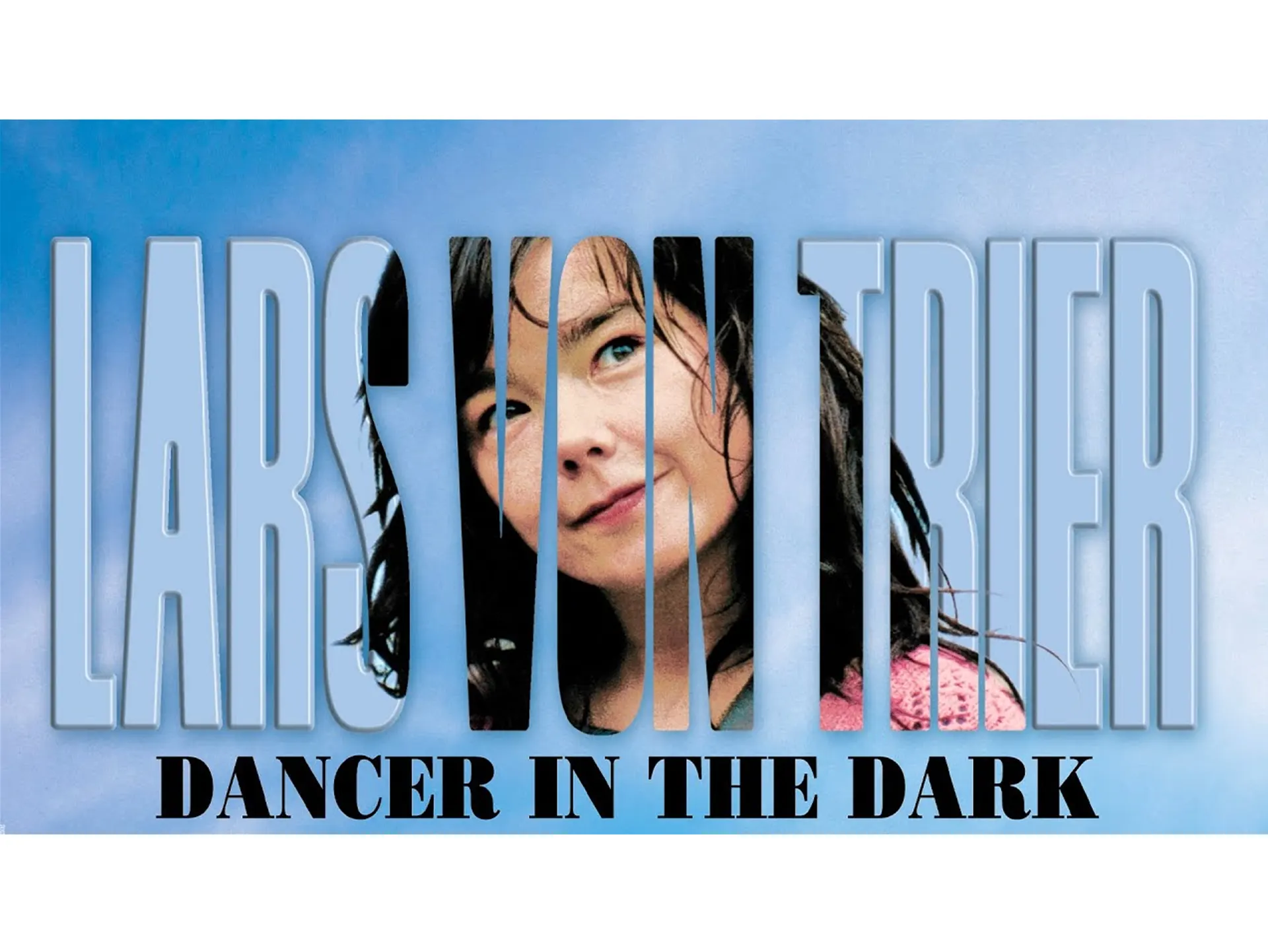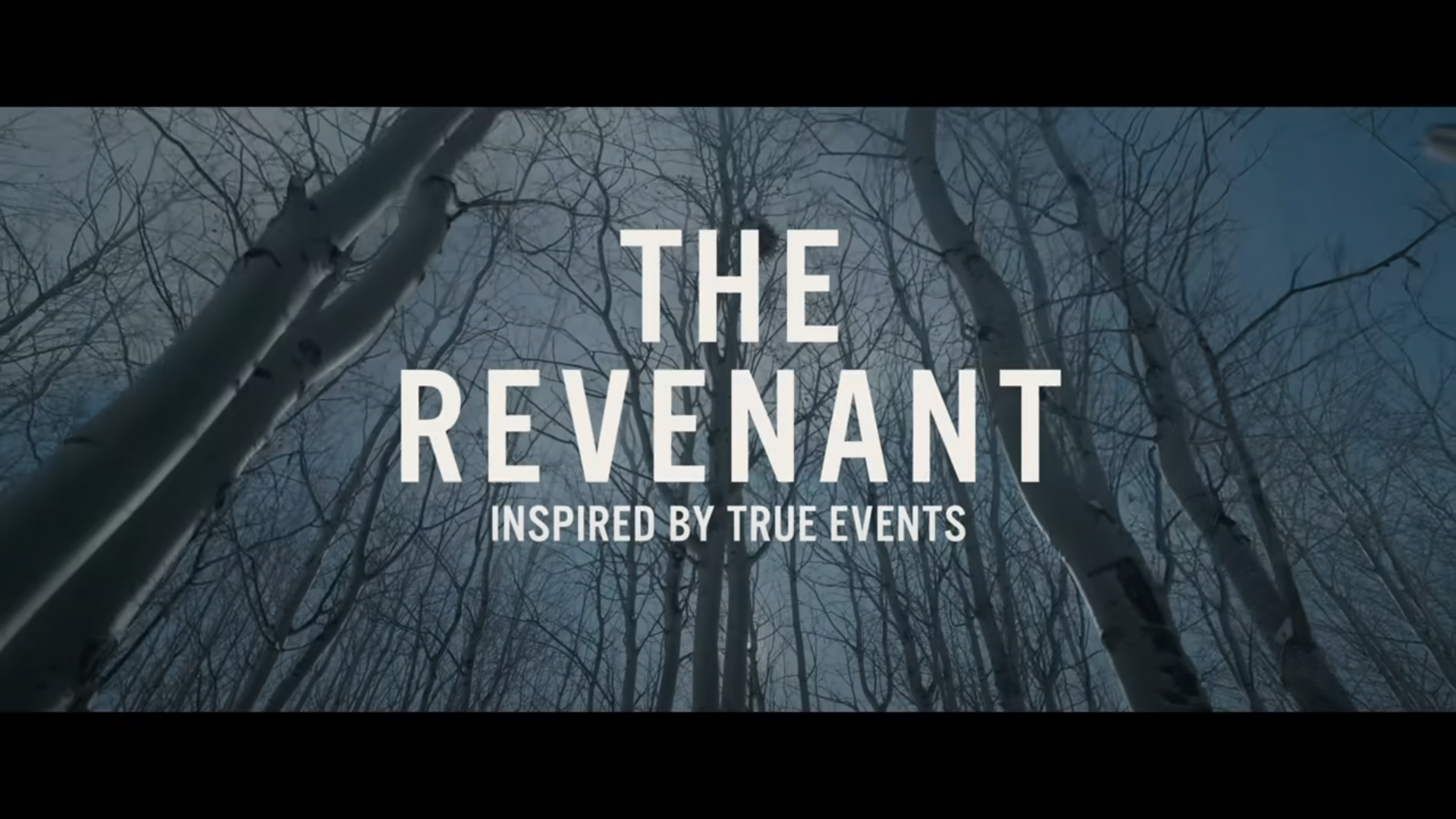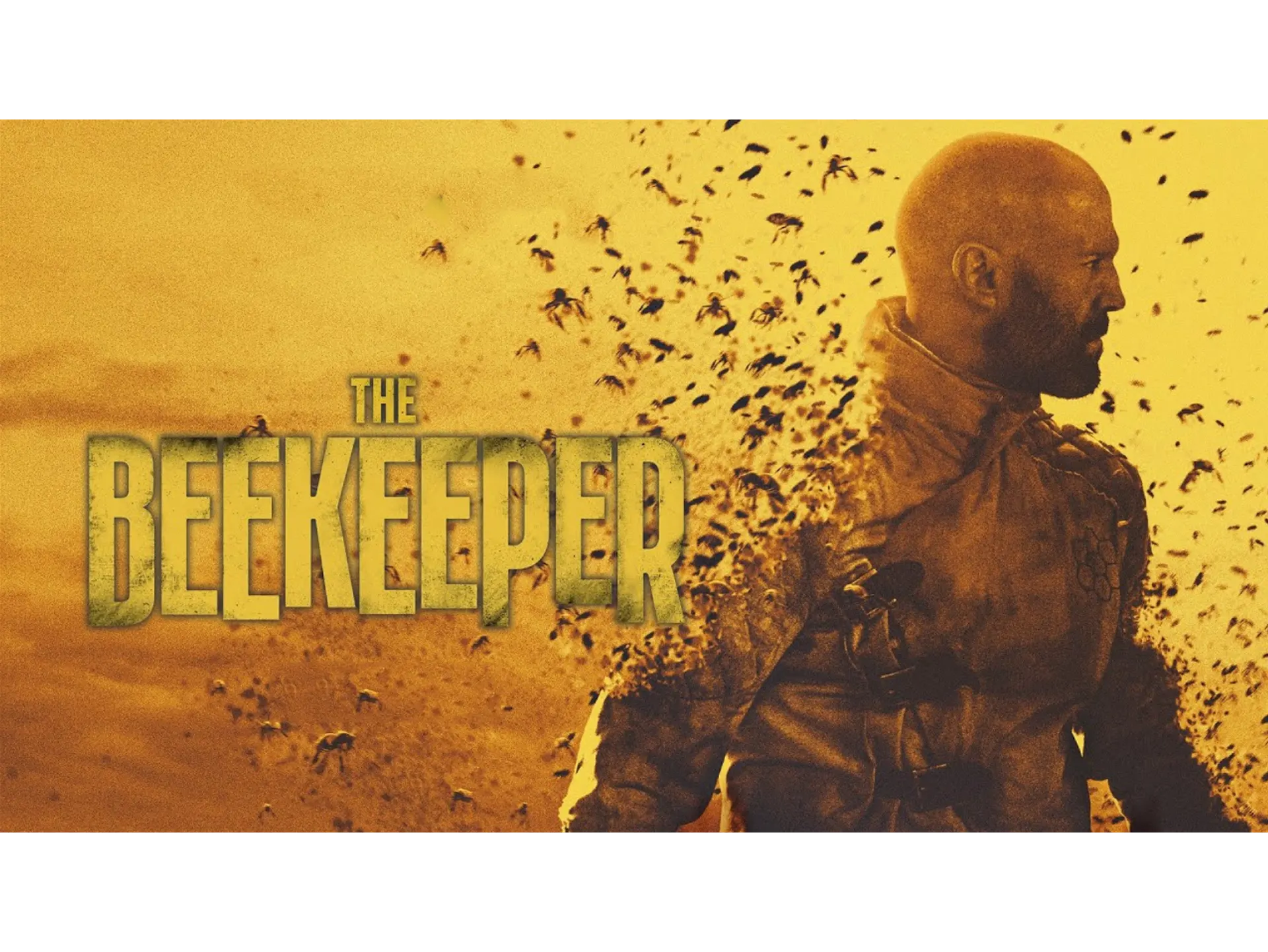“Dancer in the Dark,” directed by Lars von Trier, is a musical drama that masterfully intertwines themes of isolation and hope through the life of its protagonist, Selma. Portrayed by Icelandic singer Björk, Selma’s journey showcases the profound emotional and psychological battles faced by those enduring extreme circumstances.Presenting a unique perspective, this film deeply examines what it means to hold onto hope amid pervasive isolation.
The Premise of Isolation
“Dancer in the Dark” introduces us to Selma, a Czech immigrant in America, who is going blind and working in a factory to secure a better future for her son. The isolation that Selma experiences is palpable from the outset. Living in a foreign country, she is cut off from her homeland, culture, and even her own family due to her relentless toil. The film portrays her struggle to connect with those around her, highlighting the emotional barriers that make isolation feel even more profound.
Selma’s work environment is reflective of this isolation. The factory serves as a microcosm of society, where workers lead monotonous lives, stripping them of individuality and hope. Selma’s interactions are limited to her co-workers, who are primarily indifferent or struggling with their own issues. This sense of alienation is exacerbated by the financial pressures she faces, further isolating her from the world outside. It is through these elements that the film forges a powerful connection between the idea of isolation and the human condition.
The Weight of Responsibility
Responsibility is another crucial element contributing to Selma’s sense of isolation. She is not just battling her blindness; she is determined to create a better future for her son, Gene, who is also at risk of inheriting the same degenerative eye disease. This maternal instinct drives Selma’s actions but also isolates her emotionally. The burden of responsibility she carries creates an internal conflict, pulling her away from forming meaningful connections with those around her. As she tries to navigate her world, her focus on her son pushes her further into solitude.
Selma’s intense dedication to her son amplifies her isolation. She seeks external help but often faces barriers that distance her even more. This supports the narrative that isolation is not merely a physical state but an emotional fuelled by self-imposed duties and despair. The film poignantly captures how these responsibilities can trap individuals in cycles of isolation while simultaneously igniting hope — a dichotomy that resonates throughout the narrative.
The Role of Music
The film incorporates a rich tapestry of music that reveals much about Selma’s inner world. Her colorful daydreams manifest through vibrant musical sequences that contrast starkly with the drabness of her life. In her elaborate musical numbers, Joie de vivre enlivens her otherwise monotonous existence, showcasing how creativity and imagination can provide an escape from harsh realities. Music becomes a lifeline for Selma, a means through which she can express her emotions and cope with her isolation.
Despite her circumstances, these musical interludes convey a sense of hope and possibility. They take viewers to a world where Selma’s voice shines bright, illustrating the power of art to transcend isolation. It reinforces the idea that even in the most oppressive situations, creativity and expression can foster hope. These interludes emphasize that hope often lies in embracing one’s dreams, allowing the audience to connect emotionally with Selma’s journey.
The Illusion of Community
As the film progresses, we see Selma attempt to forge connections and seek solace in her immediate community. Her co-workers initially appear indifferent to her plight, but glimpses of camaraderie suggest that human connection is possible even in challenging environments. These moments show that while isolation can feel absolute, there’s always potential for connection.
However, the film’s darker elements also expose the fragility of such connections. Selma experiences betrayal at the hands of those she trusted, revealing how quickly bonds can fray, reinforcing her isolation. This cycle of searching for meaningful relationships only to encounter disappointment serves as a reminder that even within a community, feelings of isolation can persist.
The dynamics between Selma and her community highlight the complexity of human relationships and how the quest for support and companionship acts as both a source of hope and a potential pathway to further isolation. The multilayered portrayal of communal bonds adds depth to the narrative, allowing viewers to empathize with Selma’s struggle.
The Nature of Hope
“Dancer in the Dark” profoundly explores the concept of hope, suggesting that it can manifest even in the darkest of times. Selma’s hope rests on securing a brighter future for her son, driving her actions throughout the story. This hope pushes her to work tirelessly despite her deteriorating eyesight and the harsh conditions of her life.
The film portrays hope as a double-edged sword; while it motivates Selma to persist, it can also lead her to make reckless decisions that escalate her descent into isolation. For instance, her desperation to protect Gene causes her to engage with dangerous individuals, leading to dire consequences. This complexity paints a realistic picture of hope as an essential but multifaceted element of the human experience. While it can inspire resilience, it can also drive individuals into perilous situations in the name of love and sacrifice.
The Climax: A Turning Point
The climax of the film presents a heart-wrenching turning point, where Selma’s isolation reaches its zenith. In a devastating series of events, she becomes embroiled in tragedy and is left to face overwhelming despair. The climax serves as a narrative hinge — it challenges the notion of hope by juxtaposing Selma’s dreams and the harsh reality she faces. Here, the film leaves audiences grappling with the impacts of isolation and the cost of hope.
In this moment, the gravity of Selma’s sacrifices becomes painfully clear. Von Trier crafts a narrative where tragedy emerges from the clashing of Selma’s dreams against the unforgiving backdrop of her reality. This serves as a powerful reminder of how fragile hope can be when coupled with relentless isolation.
The Final Message: Resilience Amidst Pain
Despite the heartbreaking conclusion, “Dancer in the Dark” is ultimately a tribute to resilience. Selma’s journey, filled with moments of both despair and fleeting joy, illustrates the human capacity to endure even in the most challenging circumstances. Through her character, the film showcases that while isolation may feel overwhelming, the quest for connection and the power of hope persist.
The powerful ending leaves viewers reflecting on Selma’s life; it invites us to ponder our own experiences of isolation and resilience. While her journey may be marked by sorrow, it also serves as a reminder that even amidst overwhelming obstacles, the pursuit of hope is an innate part of the human experience. By fully embracing both pain and love, Selma’s story fosters a dialogue about the complexities of the human spirit, inviting us to examine our paths through isolation toward hope.
Conclusion
“Dancer in the Dark” offers an intricate tapestry of themes centered on isolation and hope. Through Selma’s journey, Lars von Trier crafts a narrative that explores the interplay between these two powerful emotions. The film poignantly highlights how isolation can seep into every aspect of life, exacerbated by societal and personal circumstances. Yet it also reminds us that amid such despair, hope can flicker like a candle, urging us to keep striving for better futures.
Ultimately, Selma’s story is a portrait of resilience, illustrating the human spirit’s capacity to endure. By marrying music and emotion, “Dancer in the Dark” resonates deeply with audiences, encouraging reflection on the complexities of isolation, hope, and the sacrifices we make for those we love. It serves as a haunting reminder that while our paths may be fraught with challenges, the pursuit of hope binds us across the spectrum of human experience.
FAQs
1. What inspired Lars von Trier to create “Dancer in the Dark”?
Lars von Trier was motivated by his interest in the complexities of human emotion. He aimed to explore how isolation affects individuals’ lives while also examining the bonds of love, sacrifice, and hope.
2. What can viewers learn from Selma’s character?
Selma represents resilience and the importance of holding onto hope, even in the direst circumstances. Her journey teaches viewers about perseverance and the need for connection.
3. What themes are prevalent in “Dancer in the Dark”?
The film delves into themes of isolation, hope, community, the burden of responsibility, and the interplay between dreams and harsh realities.
4. How does the music in the film contribute to its overall message?
Music serves as an escape for Selma and highlights her emotional struggles. It represents hope and creativity, contrasting with her painful reality and showing how art can provide solace.
5. Is “Dancer in the Dark” considered a musical?
Yes, “Dancer in the Dark” is a unique musical drama, blending storytelling with elaborate musical numbers to express the protagonist’s emotions and struggles throughout the film.



